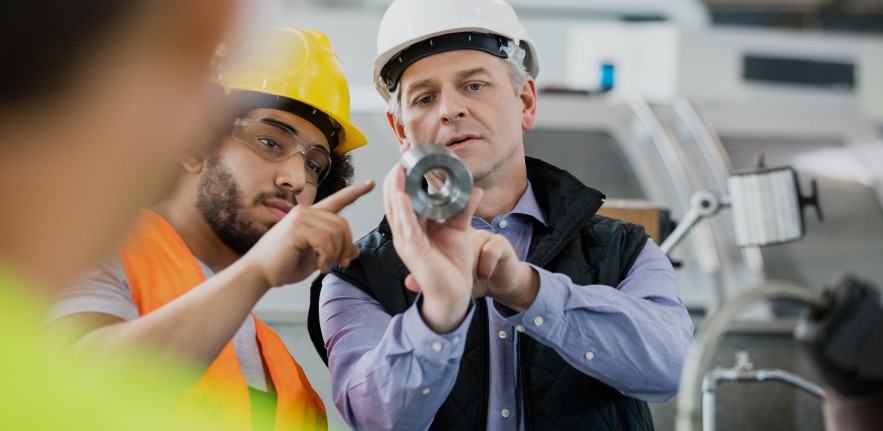Challenges
After a major capital investment at its biscuit factory at Papakura, Griffin's needed to address several variables impacting overall conversion cost. The site was struggling with high waste, high downtime and planning deficiencies. Overall workflow was not conducive to producing at the lowest possible conversion cost.





